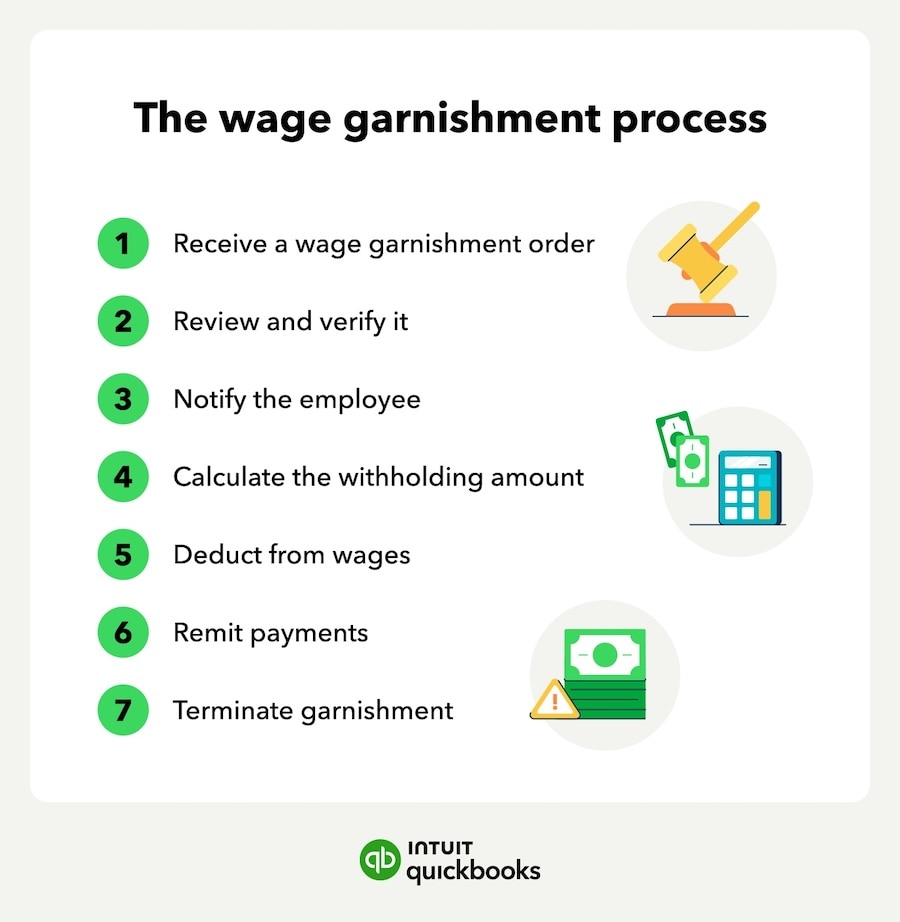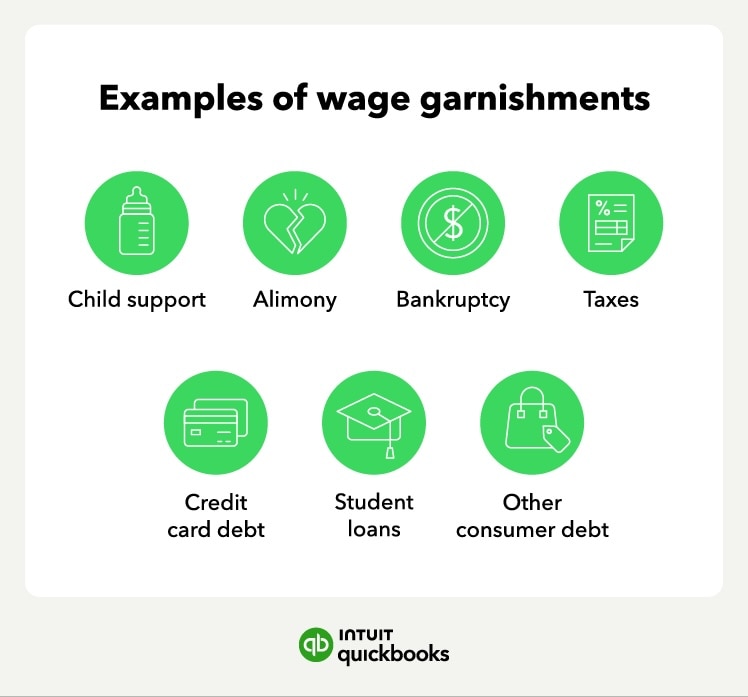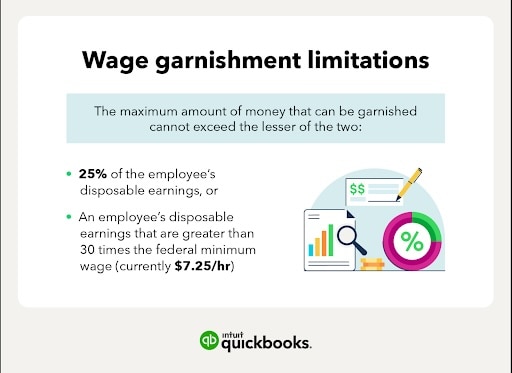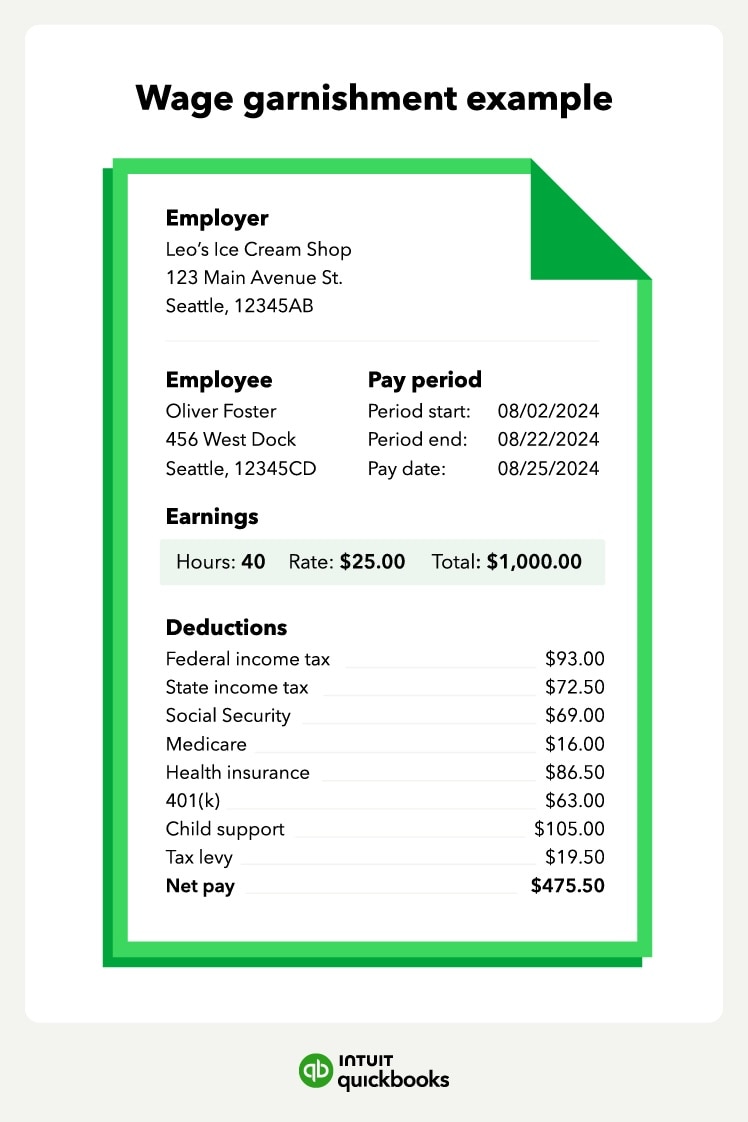A wage garnishment can be stressful for both employers and employees. It requires employers to make a payroll deduction for the garnishment amount and then remit it to the appropriate agency.
Understanding this obligation can help employers avoid penalties. While the concept is straightforward, the process can be complex, with specific rules and regulations varying by state and type of debt.
Let’s look at the different types of wage garnishments, the legal limits, and the steps involved in the process:

















